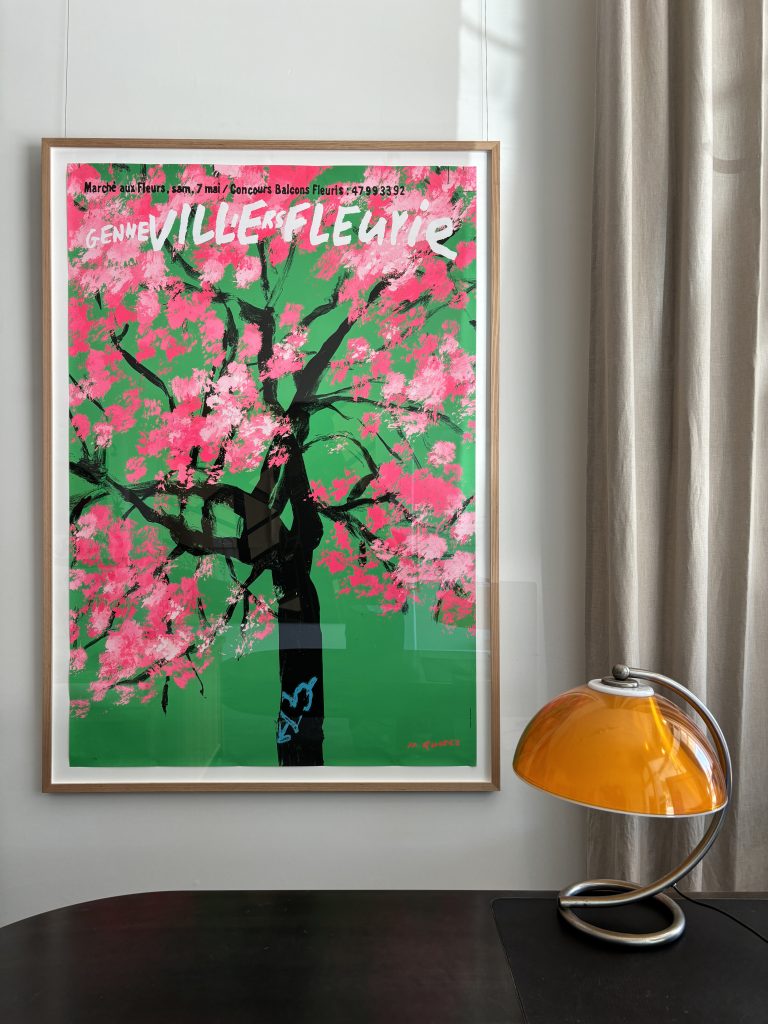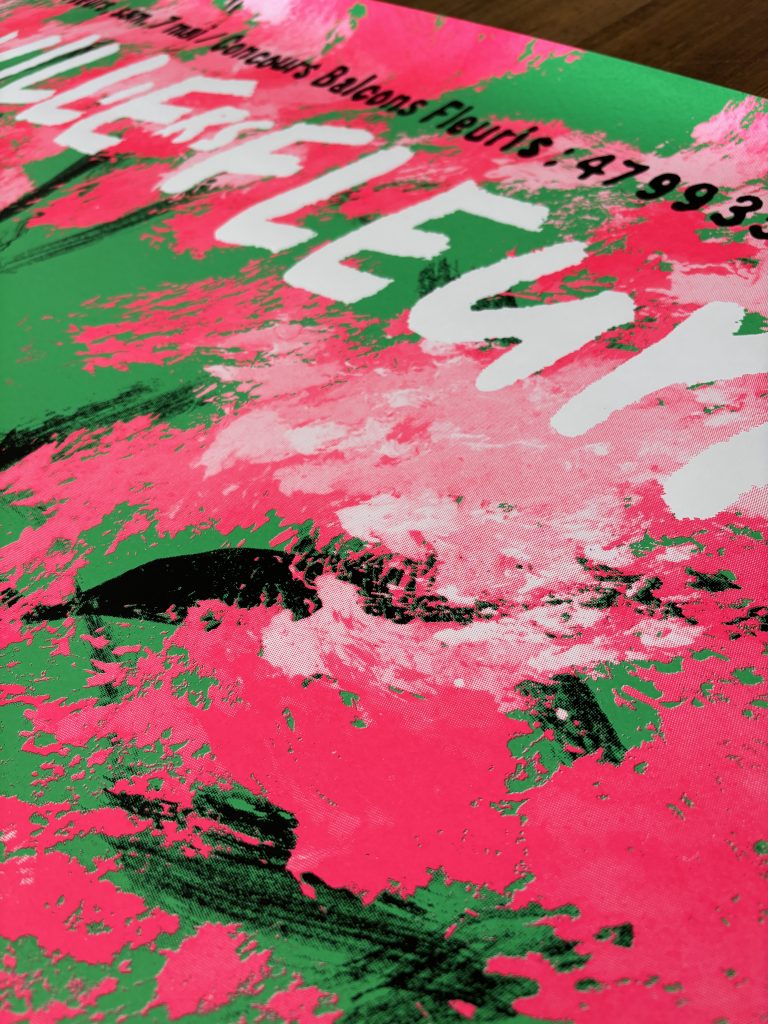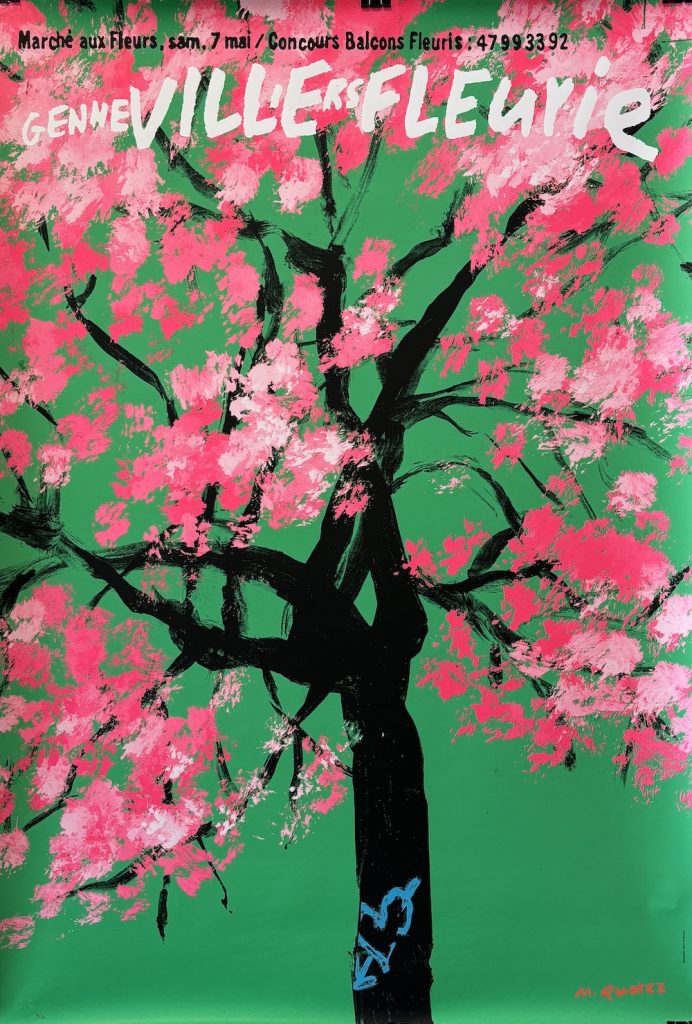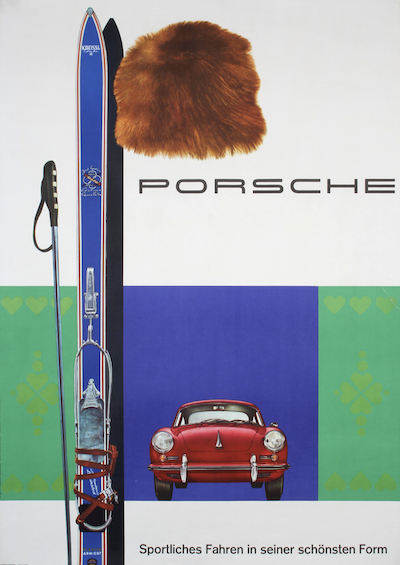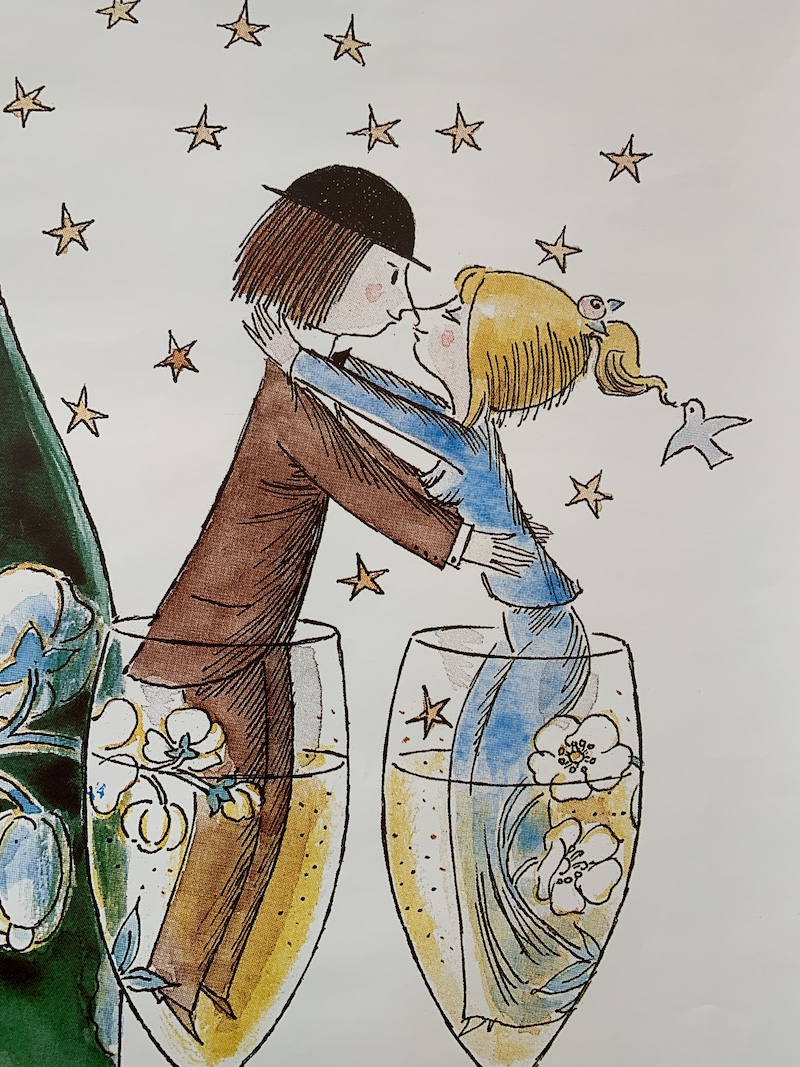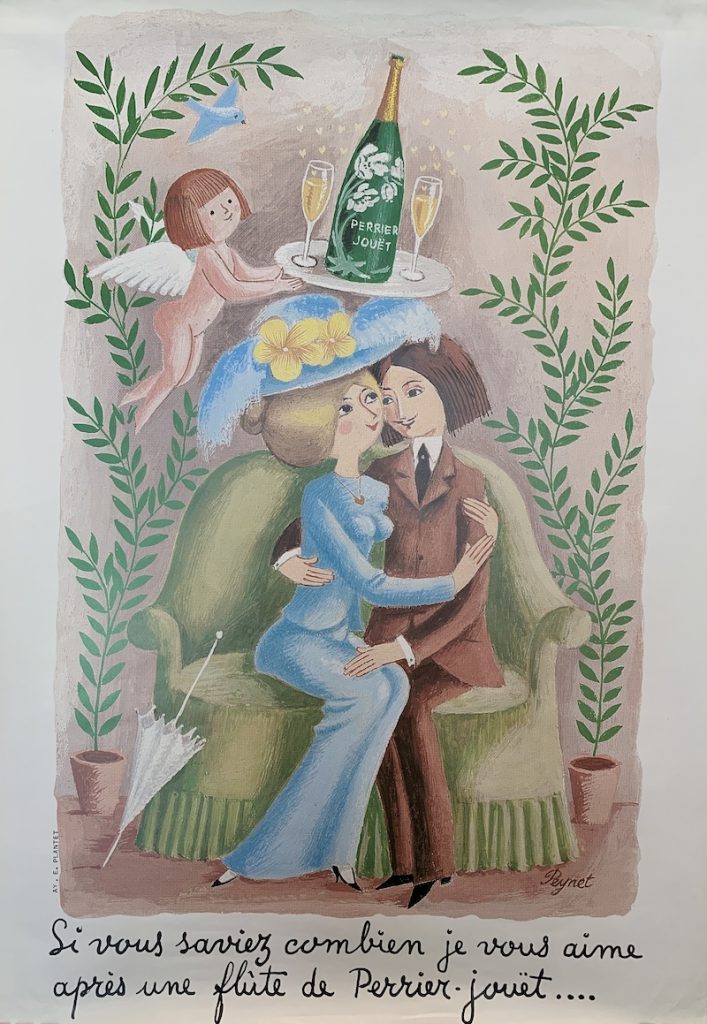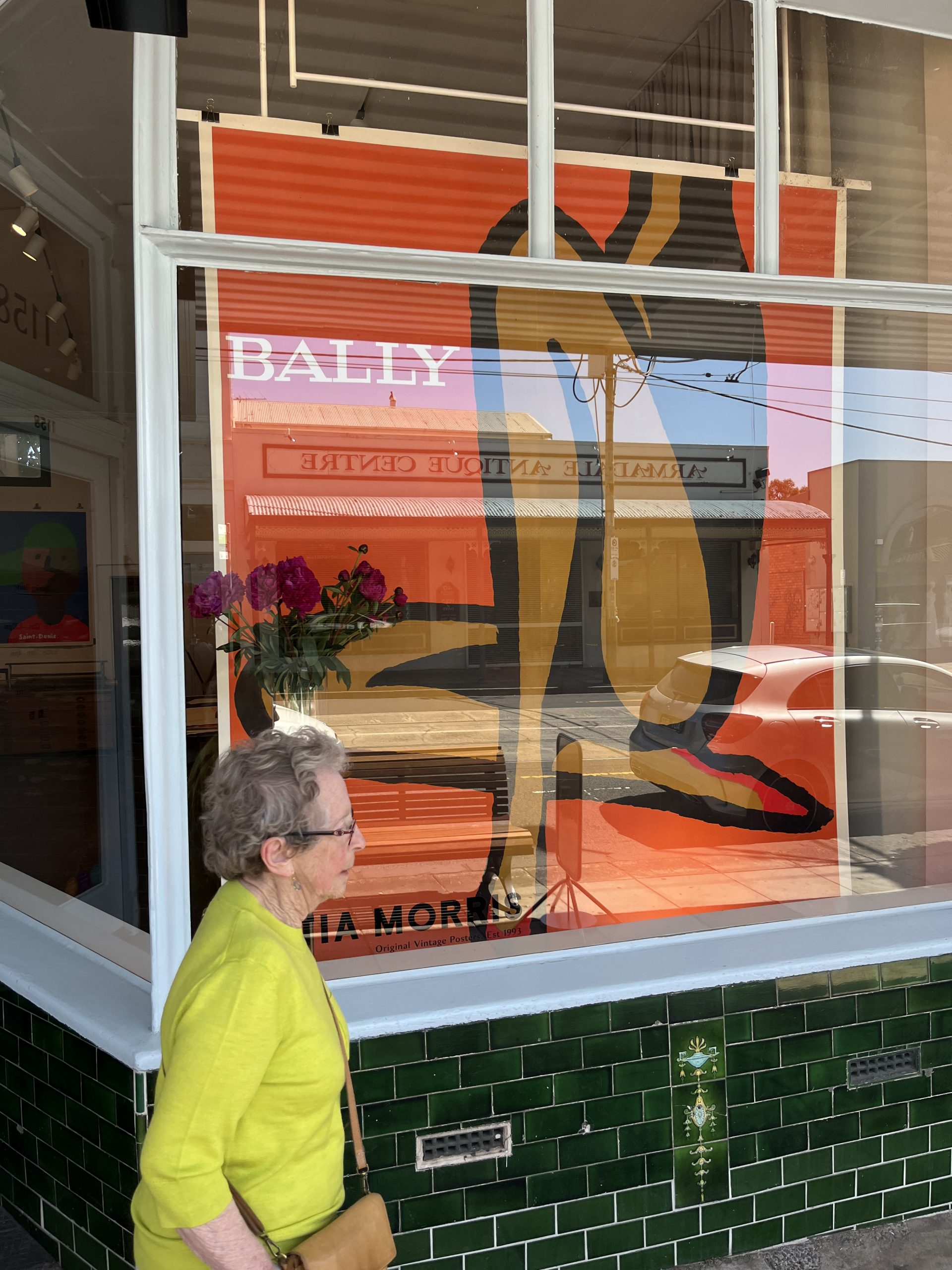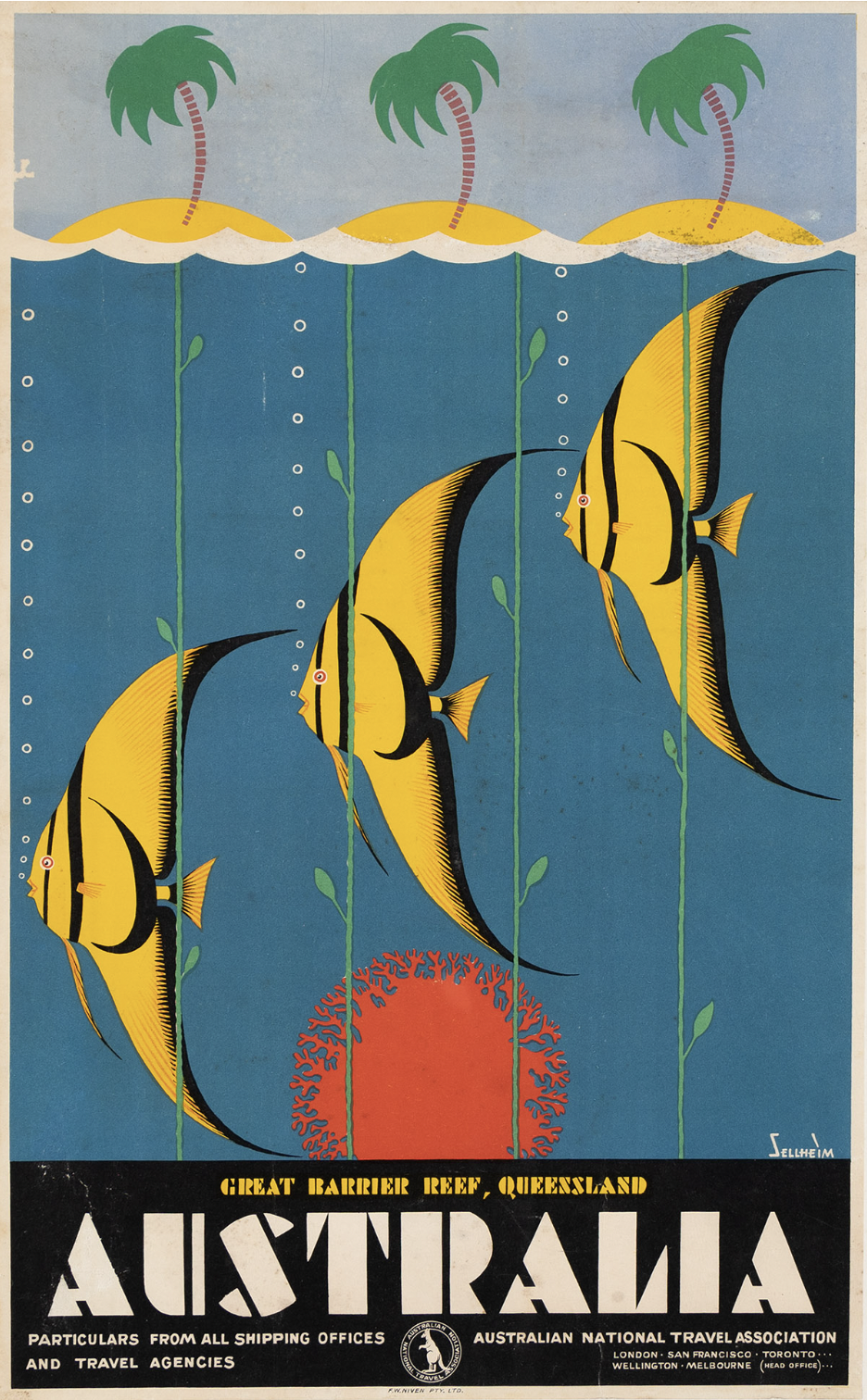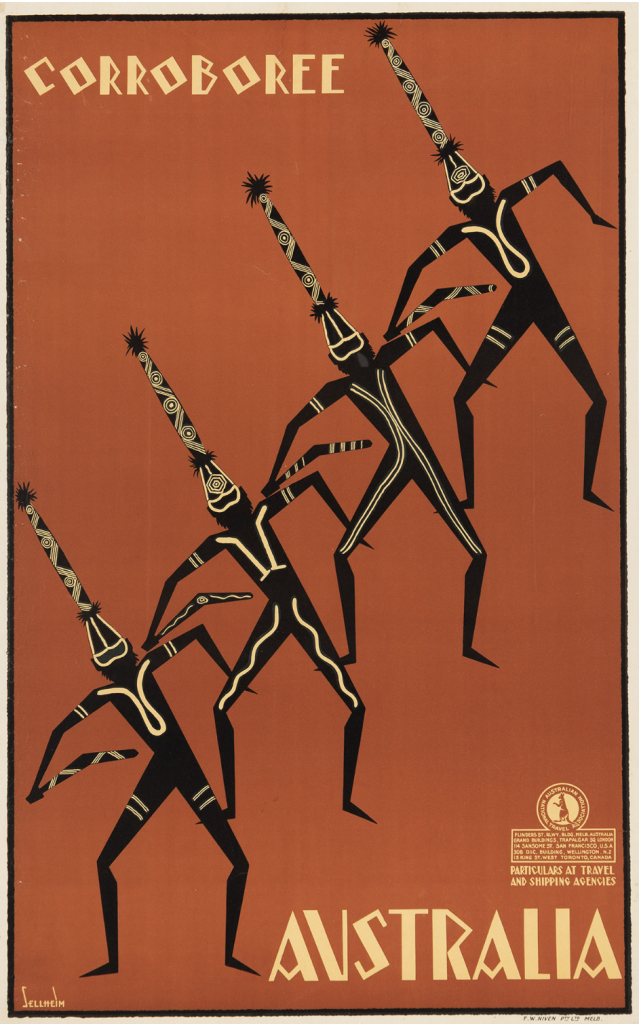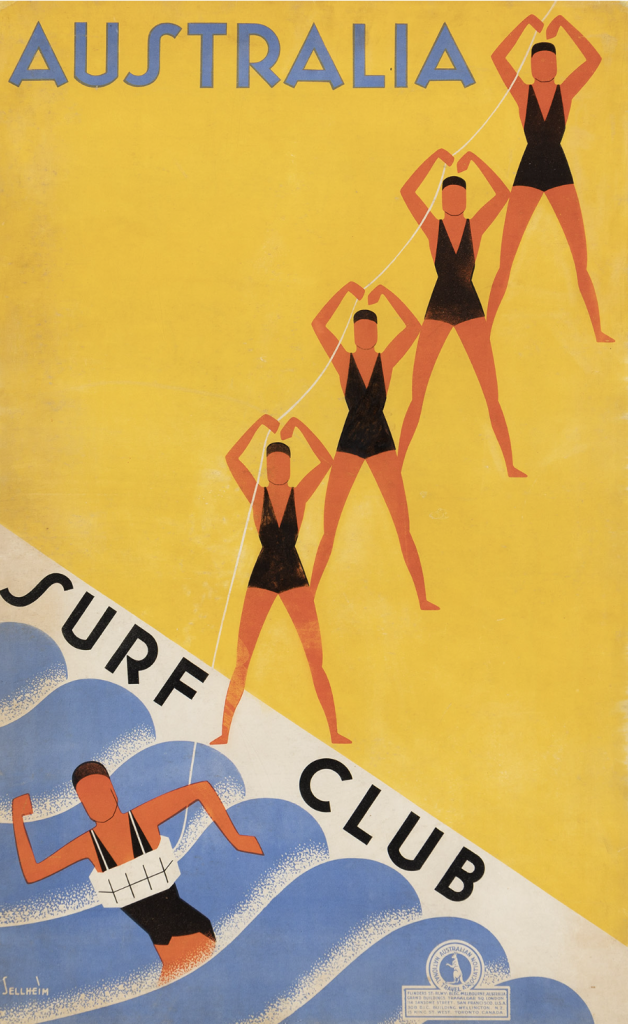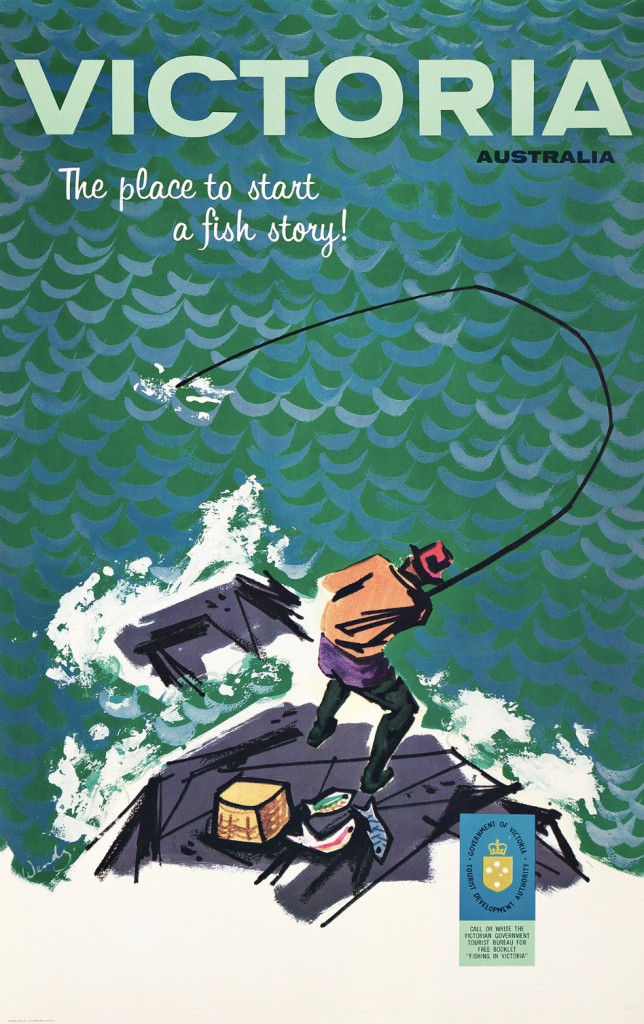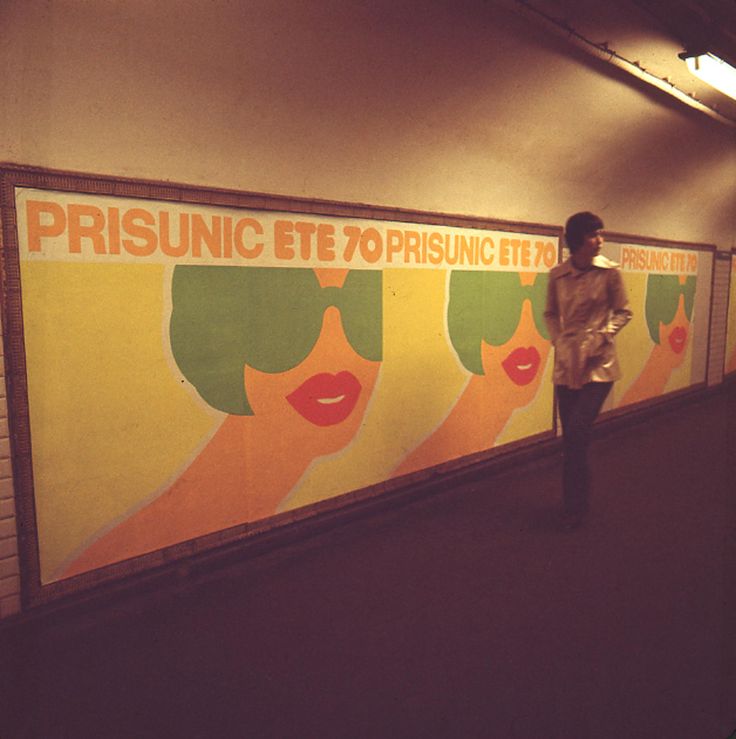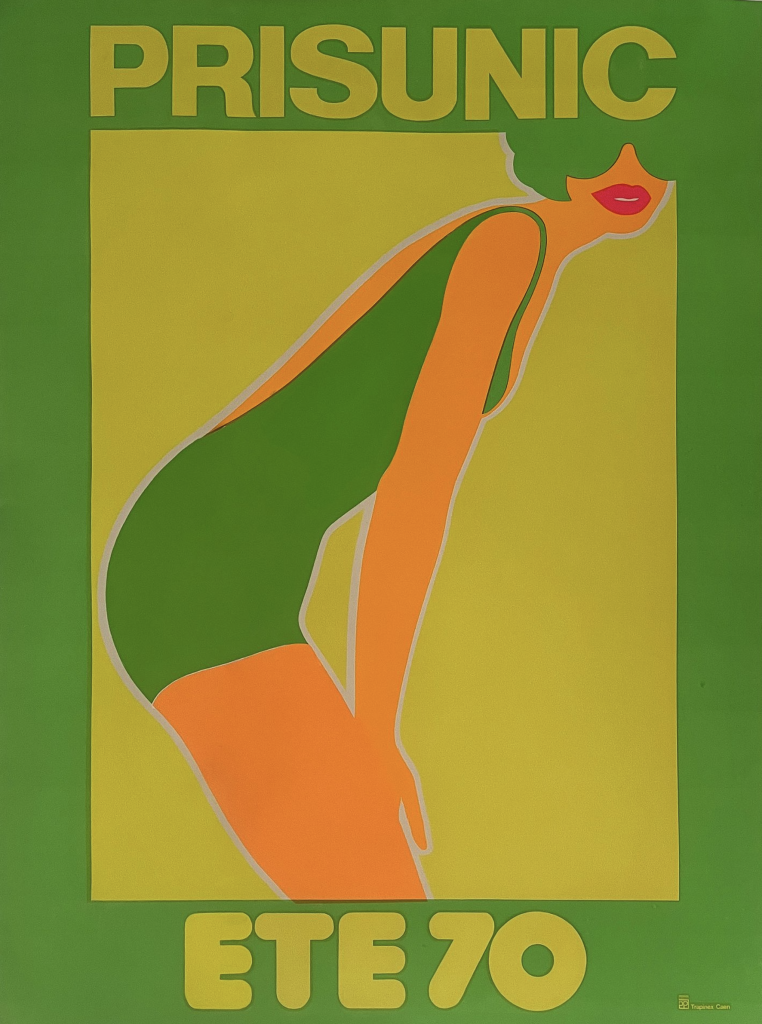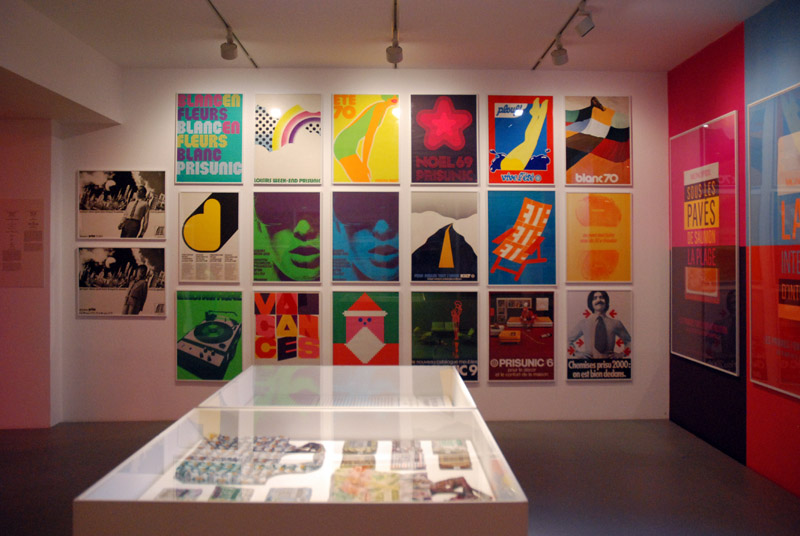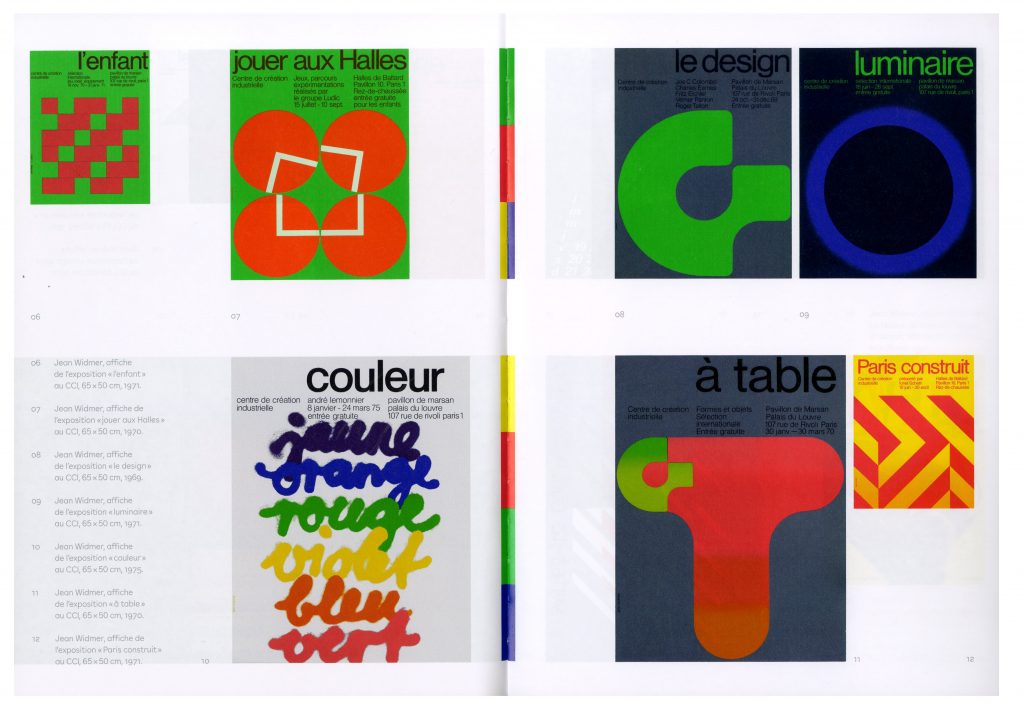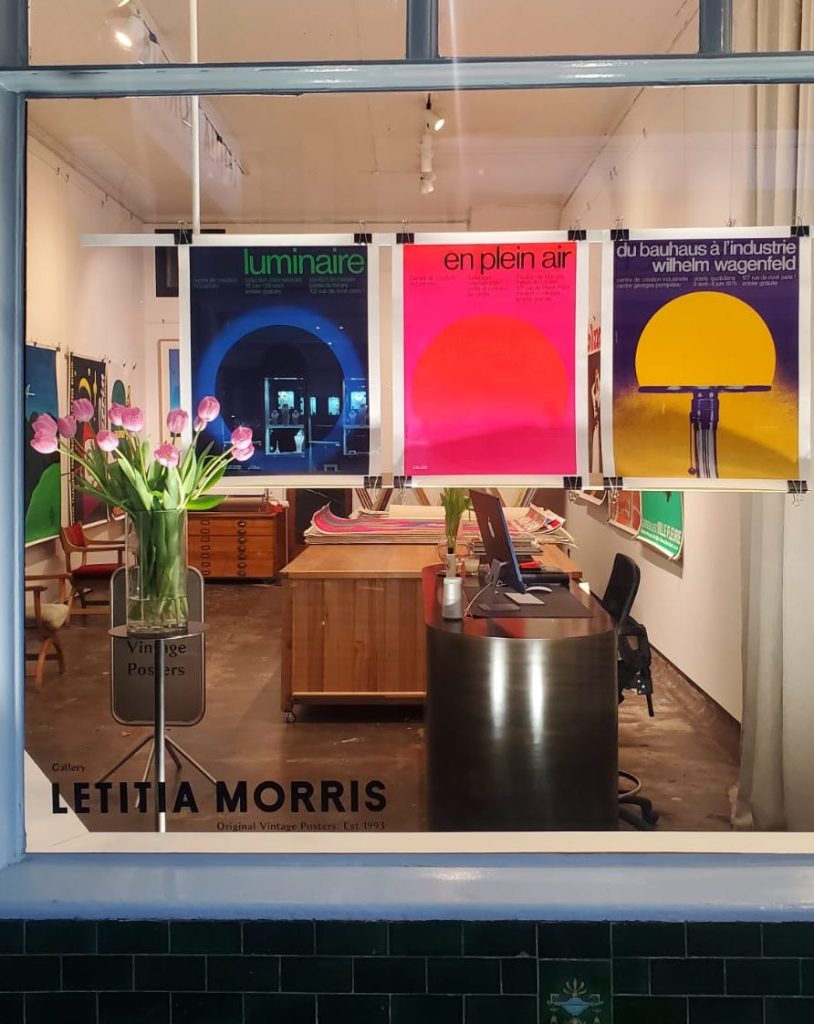One of Croatia’s greatest 20th century artists, best known for his 70s-80s billboard posters for the Croatian National Theater, has died aged 77. His most iconic work, held by MoMA, is the poster for a 1982 production of Stravinsky’s Firebird (Petrushka). Letitia Morris Gallery is thankful to have in possession one of the largest collection of his work.

Bućan’s posters are characterized by vibrant colors, bold shapes, and surreal imagery. He gained recognition for his collaboration with the theatre group “Theatre ITD,” creating posters that captured the essence and themes of their performances through imaginative and symbolic visuals.
Among his most renowned works is the “Fascinantno” (Fascinating) series, crafted during the 1980s. These posters featured fragmented compositions with vibrant colors, using a collage-like technique that combined animals, body parts, and everyday objects to create captivating and enigmatic designs.
In addition to his poster designs, Bućan has explored other artistic mediums like painting and sculpture. His artworks have been exhibited in galleries and museums worldwide, and he has received numerous prestigious awards for his contributions to graphic design.
Boris Bućan’s legacy lies in his ability to inspire and captivate audiences with his visually impactful and innovative designs. His posters continue to leave a lasting impression on the art community, reflecting his artistic ingenuity and unique approach to storytelling through graphic art.
Bućan’s work exemplifies the power of graphic design to transcend boundaries and communicate ideas in a visually captivating manner. His posters are a testament to his creative vision and have solidified his place as a notable figure in the world of graphic design, leaving an indelible mark on the art world as a whole.
View our full collection of Boris Bucans’ work here
